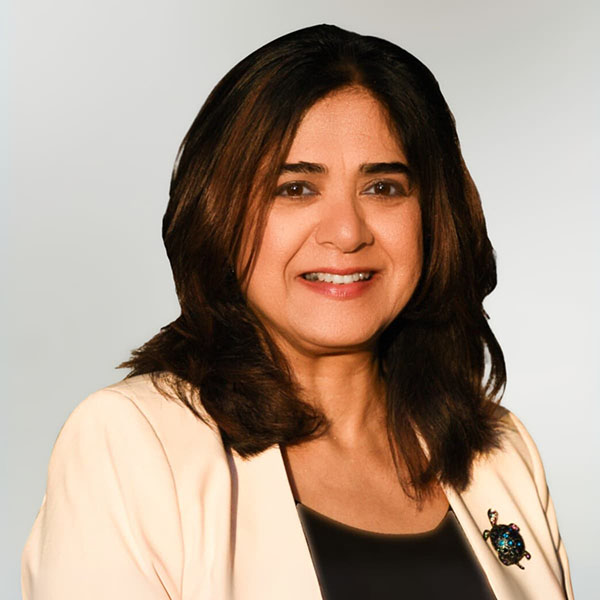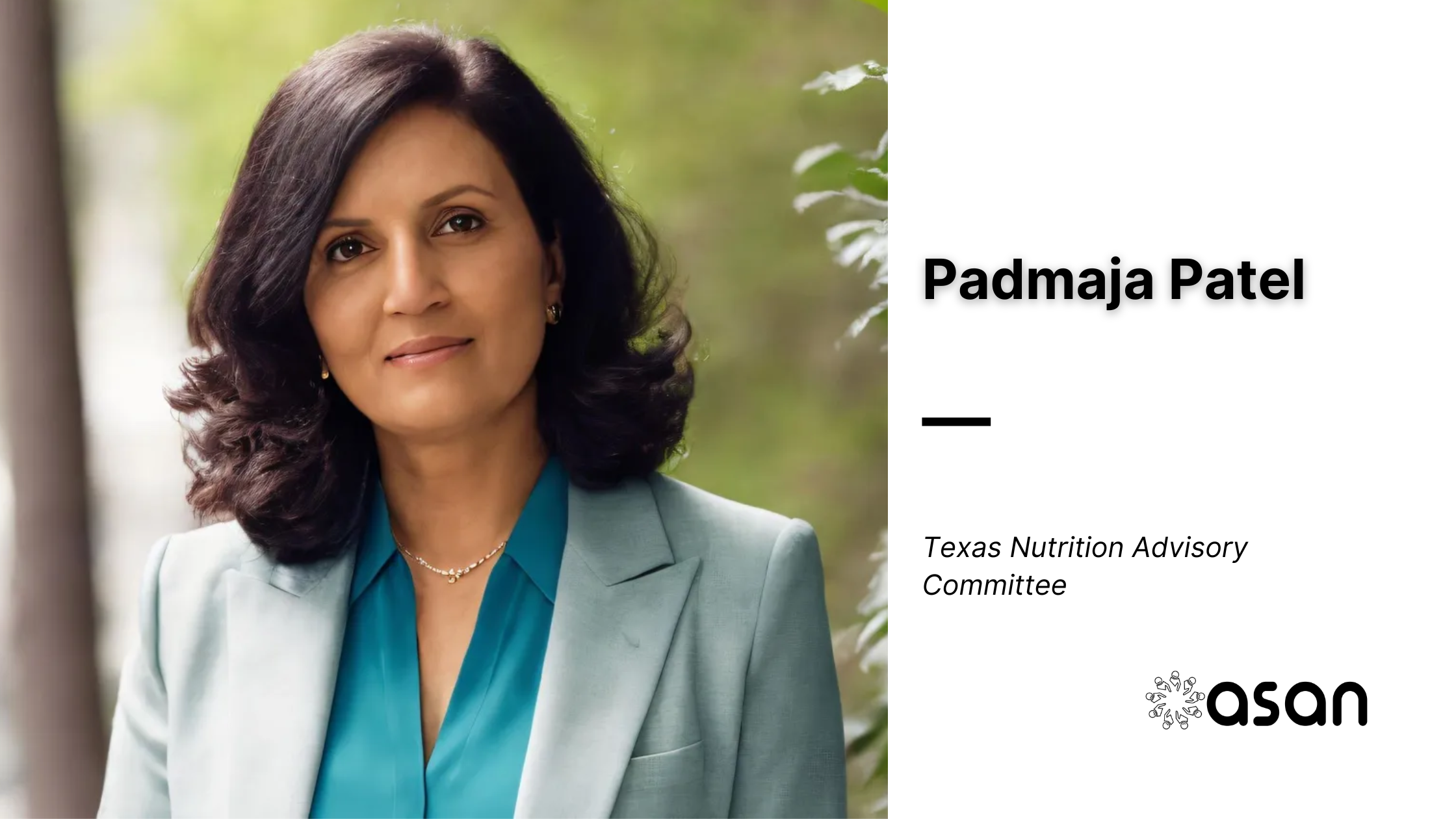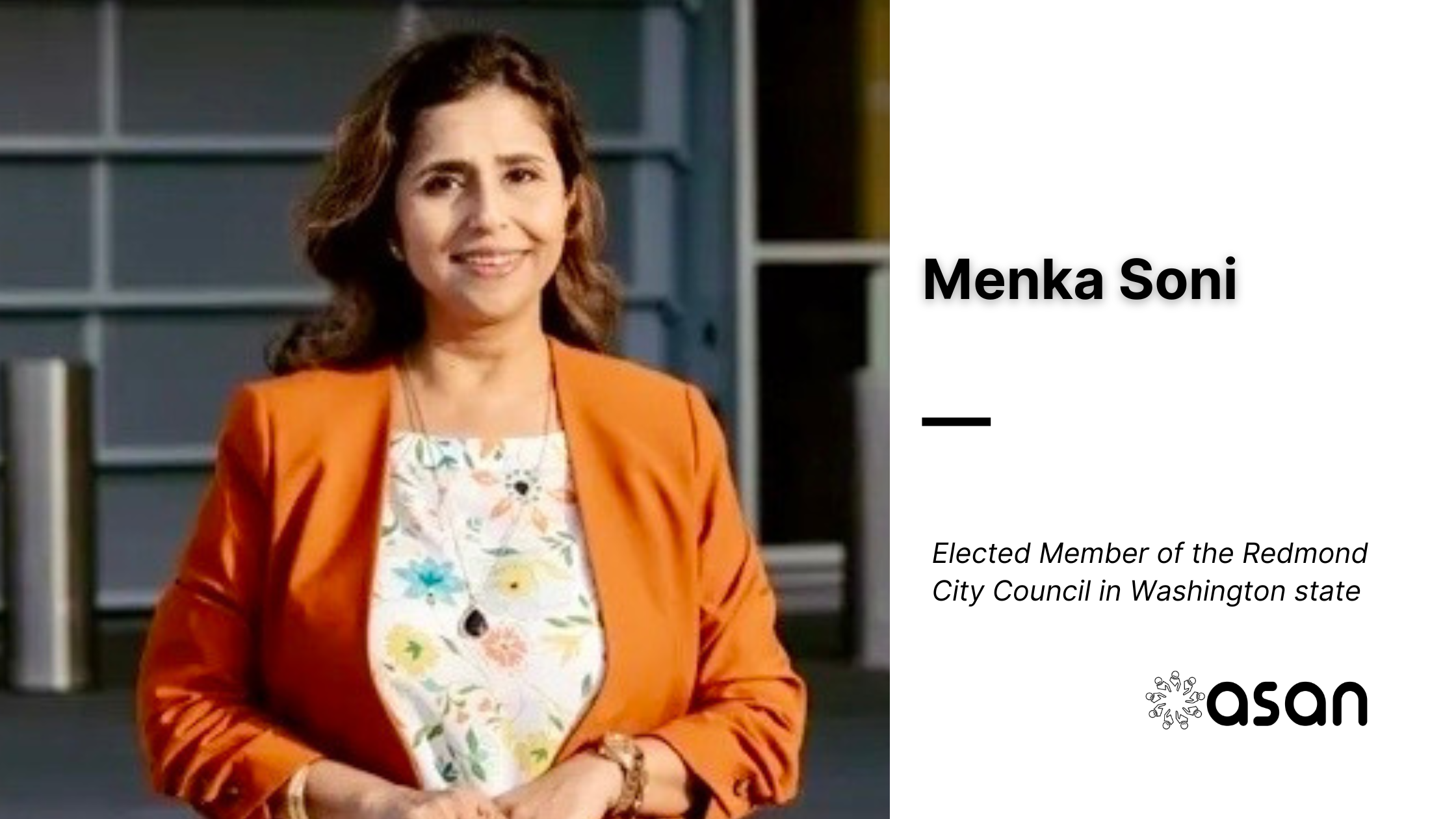Internet2 has appointed Tripti Sinha as its next president and chief executive officer, placing a seasoned technologist and policy leader at the helm of the nation’s research and education network. The nonprofit announced the selection on August 27, 2025, noting that Sinha will succeed Howard Pfeffer effective October 15. The appointment caps a national search led by higher education leaders and puts an experienced voice in charge at a moment when U.S. universities and national labs are racing to upgrade networks for data-intensive science and regulated cloud services.
Sinha currently serves as chief technology officer at the University of Maryland, where she leads the Advanced Cyberinfrastructure and Internet Global Services unit and directs the Mid-Atlantic Crossroads regional research and education network. Her background combines hands-on engineering and operations with governance and policy work, giving her a 360-degree view of how infrastructure decisions ripple across campuses and consortia. In announcing the hire, Internet2 emphasized her track record modernizing high-performance networking, AI-optimized computing, and secure identity systems that many universities now consider core utilities.
Beyond campus technology, Sinha is well known in global internet governance. She is the chair of the board of directors of the Internet Corporation for Assigned Names and Numbers, the body that helps coordinate the internet’s unique identifiers. That experience matters for a U.S. research community that increasingly collaborates across borders, navigates cybersecurity threats, and contends with evolving standards for identity, routing, and resiliency. Sinha’s new role will require translating those governance insights into operational investments that keep U.S. science competitive.
Sinha’s story is also an American one. Born in India and having lived in both countries growing up, she brings a bicultural perspective to a community built on international collaboration. That background is documented in her public ICANN biography and repeated in Chair’s Blog posts, which note her India-born upbringing and fluency in English and Hindi. Those details resonate in a research-and-education ecosystem where cross-cultural leadership is not just welcome but necessary to sustain global partnerships.
Internet2’s board leaders framed the decision as both continuity and change. The organization operates the country’s largest research and education backbone and convenes shared services such as InCommon for trusted identity. With hundreds of member universities, government agencies, and regional networks depending on its roadmap, Internet2’s CEO sets priorities that affect everything from high-energy physics data flows to genomic research collaborations and secure campus cloud adoption. The announcement highlighted Sinha’s ability to unite technical depth with coalition building – a useful mix as campuses weigh investments in 400G upgrades, zero-trust architectures, quantum networking pilots, and governed generative AI tools.
The timing of this leadership change is consequential. Research programs increasingly rely on frictionless movement of petabyte-scale datasets across institutional and national boundaries. Federal agencies and national labs expect identity, access management, and network telemetry that meet new security baselines. At the same time, universities are trying to balance tight budgets with the need to modernize core infrastructure. Sinha’s prior stewardship of advanced networking and AI-optimized compute at Maryland suggests she will elevate practical solutions that can be adopted across diverse institutions, not just the largest research powerhouses.

Sinha’s selection followed a national search run with executive search firm WittKieffer and chaired by University of California Santa Cruz Chancellor Cynthia Larive in her capacity as vice chair of the Internet2 board. The committee included leaders from state networks, elite private universities, and international research and education partners, underscoring the community’s stake in the outcome. That breadth signals that the CEO is expected to collaborate widely – across public flagships and small institutions, across federal agencies and consortia, and across vendors and open-source communities – to set a coherent path for the next decade.
For the broader public, the Internet2 name can sound abstract, but its impact is tangible. The network and shared services enable everything from global telescope arrays to climate modeling, from medical imaging research to humanities digitization projects. When those pipes are reliable, secure, and scalable, researchers publish faster, students access more resources, and institutions can pivot to new scientific opportunities. Leadership that blends operational savvy with governance fluency – and that reflects the diversity of the communities it serves – matters. Sinha’s appointment sends a signal that the U.S. research network intends to lead on both technology and inclusion.
As she steps into the role, Sinha inherits big questions: how to future-proof the backbone against surging AI and data science traffic; how to help campuses meet new federal cybersecurity mandates without stifling collaboration; how to support edge innovation at regional networks that connect rural institutions and community anchors; and how to leverage identity and trust frameworks to make research partnerships safer and easier. Her background suggests she will approach those questions with a collaborative, standards-aware orientation that aligns with Internet2’s member-led model.
The appointment is also encouraging for South Asian representation in American technology leadership. Seeing a leader who has navigated both U.S. and Indian contexts take charge of a national research asset reinforces the idea that America’s scientific strength is inseparable from its openness to global talent. For students and early-career technologists, Sinha’s visibility can expand the sense of who belongs in the rooms where infrastructure and policy choices are made.
Key Takeaways About Tripti Sinha
- Will assume the Internet2 presidency on October 15, 2025, after an August 27 announcement.
- Brings decades of experience leading advanced networking, AI-optimized computing, and identity services at the University of Maryland and MAX.
- Serves as chair of the board of ICANN, adding global internet governance expertise to the role.
- India-born technologist whose bicultural background aligns with Internet2’s international research mission.
- Selected via a national search led by university and network leaders reflecting the community’s priorities.



